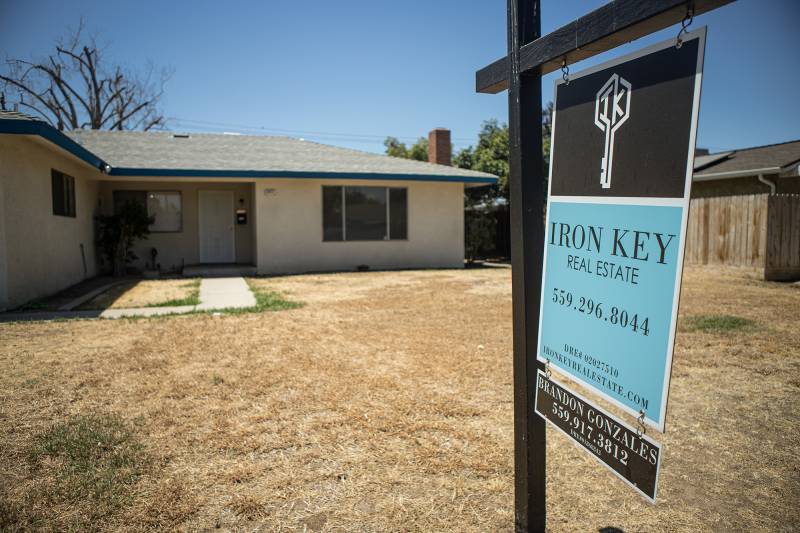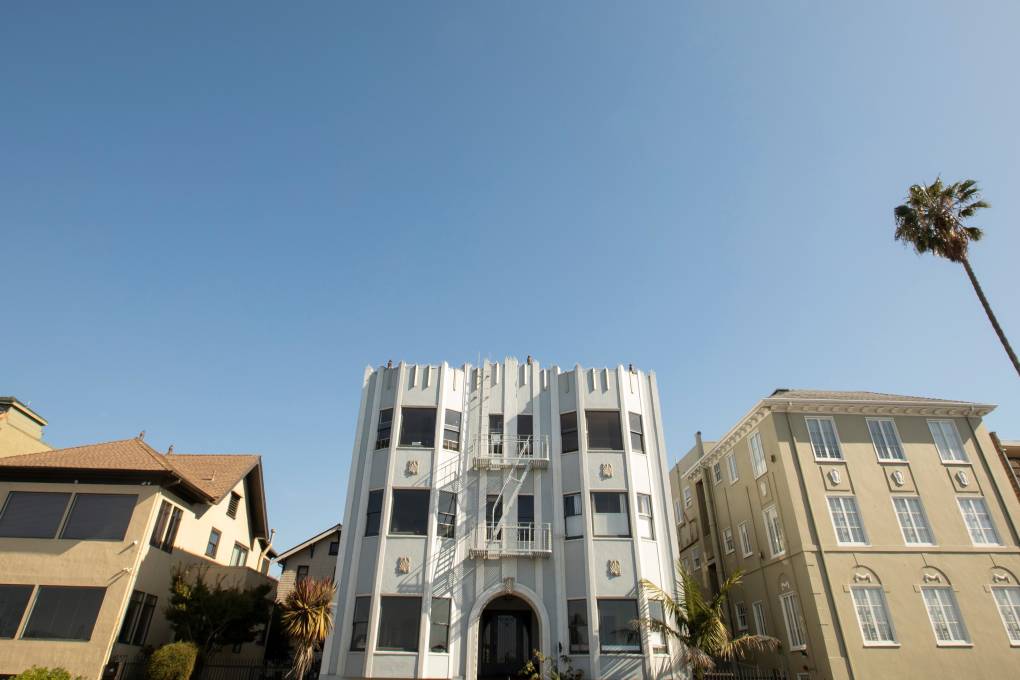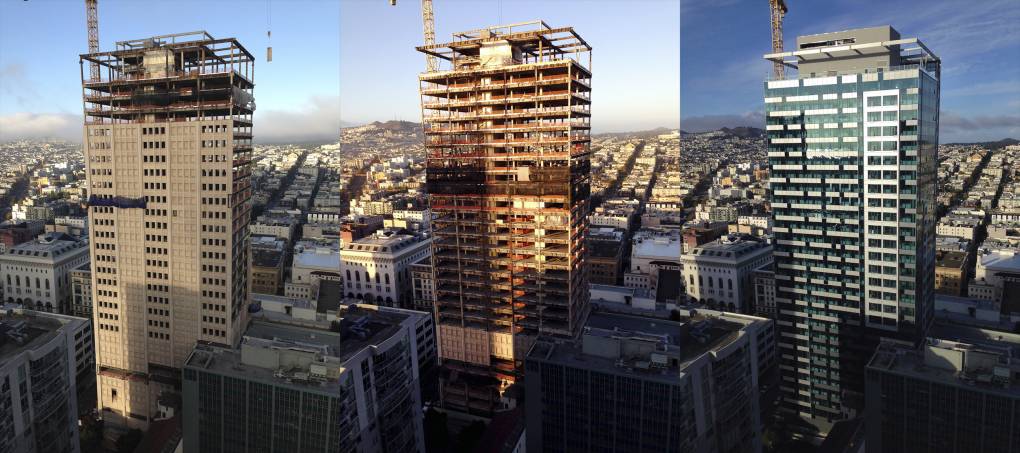Inland cities including Bakersfield, Fresno, Visalia and Riverside — once cheaper options than pricey places such as the Bay Area — are no longer refuges from California’s housing affordability crisis.
Since the beginning of the pandemic, the typical asking rent in these former bastions of relative affordability has exploded by as much as 40%, according to data from the real estate listings company Zillow.
California’s inland rent spike is yet another lasting effect of the COVID-19 pandemic. Beginning in 2020, California’s dense metropolitan coast saw an outflux of people, as educated white-collar workers, suddenly untethered from the office, packed their bags in search of cheaper and more socially distanced modes of living.
For many smaller California towns, the surge of new residents competing for housing has placed new financial pressures on lower-income residents, upended local housing markets and, in some cases, shifted the politics around housing and affordability.
In Santa Maria, just an hour up the 101 from Santa Barbara, the last three years have been a “perfect storm” for renters, said Victor Honma, who oversees housing vouchers across the region for the Housing Authority of the County of Santa Barbara.
The town was awash in suburb-seeking homebuyers from Los Angeles, the Bay Area and nearby Santa Barbara and San Luis Obispo. The suddenly hot housing market persuaded many longtime local property owners to sell their rentals to the wave of new homebuyers, reducing the rental stock further. And though Santa Maria had always had a “healthy supply of inventory,” said Honma, the available homes ran on the large side, leaving few one-bedroom units to go around for many suddenly desperate renters.
These trends were in the works prior to 2020, but “the pandemic was a stimulus,” he said.


